Velour and leather are two modern materials that are often used in upholstery, clothing, and other applications. They have many similarities, but there are also several key differences between the two. Do you know the difference between velour and leather? If not, don’t worry – many people don’t! This article will inform you about the differences between these two materials. It will discuss their pros and cons so that you can decide which one is right for you.
What Is Velour Used For?
Velour is a type of fabric that is often used for clothing, upholstery, and other textile applications. It was first developed in the 18th century and is made from a variety of materials, including cotton, silk, wool, and synthetic fibers. Velour is known for its softness and luxurious feel, as well as its ability to retain color and resist wrinkles.
Clothing from Velour:
- Dresses;
- Skirts;
- Blouses;
- Pants;
- Shirts;
- Jackets;
Upholstery from Velour:
- Curtains;
- Furniture coverings;
- Car seats;
Other Textile Applications:
- Bedding;
- Towels;
- Robes;
All these items are very popular because of the comfort that Velour provides. Moreover, the fact that Velour does not wrinkle easily makes it a very practical choice for clothing [1].
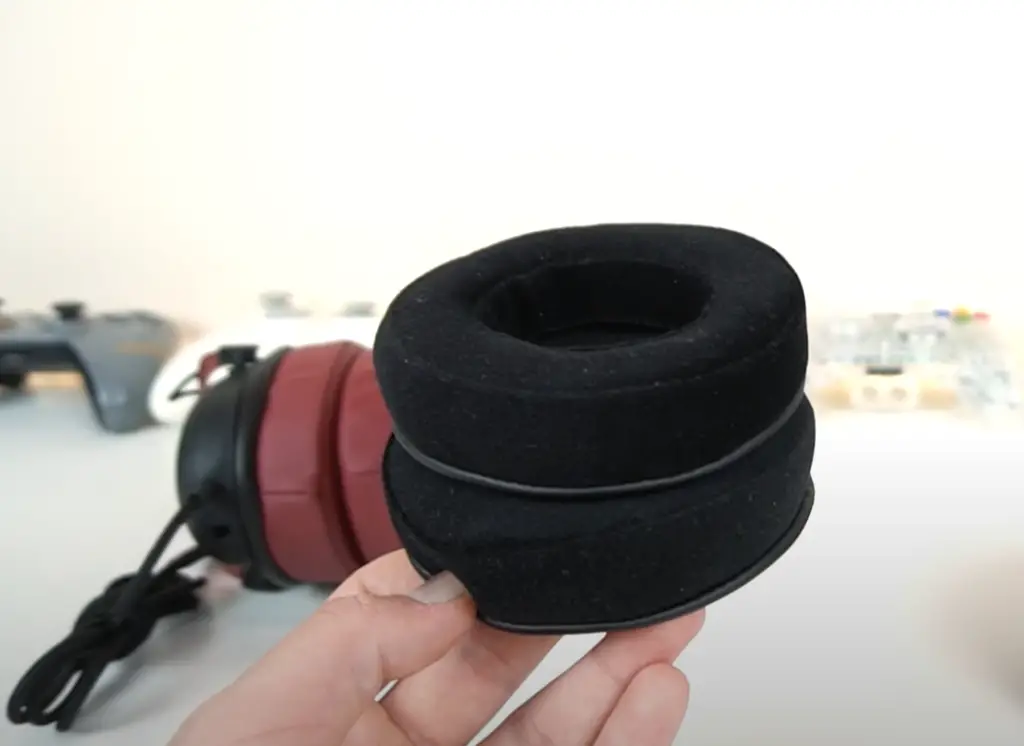
What Is Leather Used For?
Leather is a material that is made from the hide of an animal. It is commonly used for clothing, furniture, and other accessories. Leather has been used by humans for centuries and is known for its durability and strength. Unlike velour, leather is not typically used for textile applications due to its inflexibility.
Clothing from Leather:
- Shoes;
- Boots;
- Belts;
- Jackets;
Furniture from Leather:
- Chairs;
- Couches;
- Ottomans;
Accessories from Leather:
- Handbags;
- Wallets;
- Keychains;
Leather is a universal material that is used in a variety of applications. It is known for its strength, durability, and luxury. Leather has been used by humans for centuries and will continue to be used for many years to come [2].
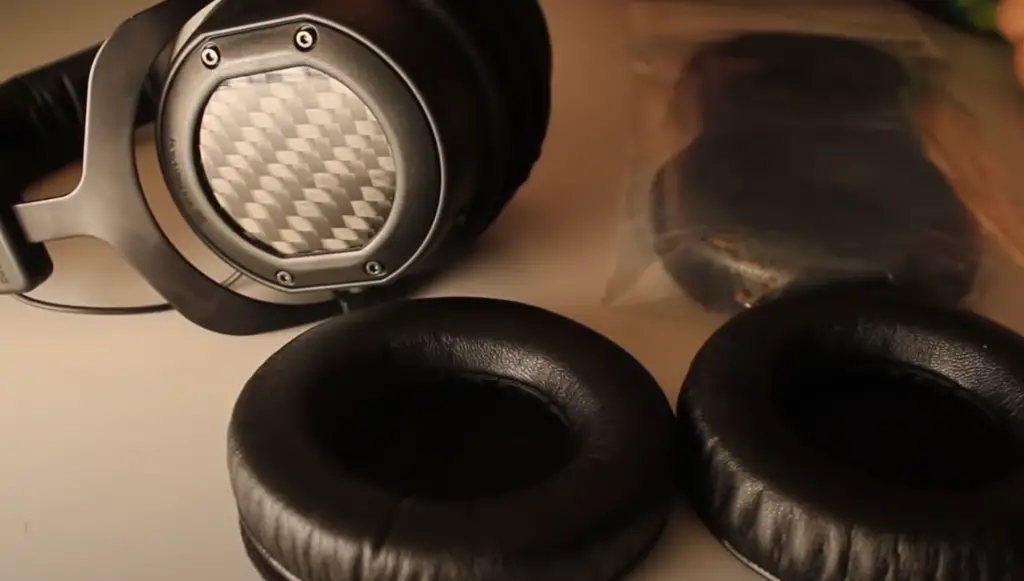
Differences Between Velour and Leather
Texture
One of the biggest differences that can be determined between materials is their texture. The texture is what you can feel when you touch the material, and it is determined by how smooth or rough the surface is. In general, leather has a smoother texture than velour. This is because leather is made from animal skin that has been treated to make it smooth.
Velour, on the other hand, is made from fabric that has been brushed or napped to create a fluffy surface. However, there is some variation in texture depending on the type of leather or velour. For example, suede leather has a napped surface that makes it feel softer than other types of leather. Similarly, velvet velour has a shorter pile that makes it smoother than other types of velour.
Appearance
The appearance of a material is determined by its color, pattern, and shine. In general, leather has a more natural appearance than velour. This is because leather is made from animal skin, which comes in a variety of colors including black, brown, and white. Leather can also be dyed to achieve different colors.
Velour, on the other hand, is usually made from synthetic fibers such as polyester or nylon. As a result, velour is available in a much wider range of colors than leather. Velour can also be printed with patterns such as stripes or plaid. In terms of shine, leather has a natural shine that comes from the oils in the skin. Velour can be made to have a shine, but it is not as common.
Durability and Strength
Another important difference between materials is their durability. Durability refers to how well a material resists wear and tear over time. In general, leather is more durable than velour. This is because leather is made from animal skin, which is designed to withstand the elements.
Leather is also treated with chemicals to make it more resistant to stains and damage. Velour, on the other hand, is made from synthetic fibers that are not as strong as natural fibers. As a result, velour is not as durable as leather and is more likely to show wear and tear over time.

Water Resistance
Water resistance is another important difference between materials. Water resistance refers to how well a material resists water and other liquids. In general, leather is more water resistant than velour. This is because leather is made from animal skin, which is designed to resist water. Leather is also treated with chemicals to make it more resistant to water damage. Velour, on the other hand, is made from synthetic fibers that are not as resistant to water. As a result, velour is not as water-resistant as leather and is more likely to be damaged by water.
Weight
Weight is another difference between materials. Weight refers to how heavy a material is. In general, leather is heavier than velour. This is because leather is made from animal skin, which is a natural material. Velour, on the other hand, is made from synthetic fibers that are lighter than natural fibers. As a result, velour is generally lighter than leather.
Cost
Cost is another important difference between materials. Cost refers to how much material costs. In general, leather is more expensive than velour. This is because leather is made from animal skin, which is a natural material. Leather is also treated with chemicals to make it more durable and water-resistant. Velour, on the other hand, is made from synthetic fibers that are less expensive than natural fibers. As a result, velour is generally less expensive than leather.
Pros and Cons of Velour and Leather
As you can see, there are many differences between velour and leather. Each has its own unique set of pros and cons that you’ll want to consider before making a decision about which one is right for you.
Velour Pros:
- Softer and more comfortable than leather;
- More affordable than leather;
- Available in a wide range of colors and styles;
Velour Cons:
- Not as durable as the leather;
- Can show wear and tear more easily than leather;
- Not as easy to clean as leather;
Leather Pros:
- More durable than a velour;
- Resists staining and wear and tear better than a velour;
- Easier to clean than a velour;
Leather Cons:
- More expensive than a velour;
- Not as comfortable as velour;
- Limited color and style options;
When it comes to deciding between velour and leather, it really depends on what’s most important to you. If you’re looking for something that’s more affordable and has a wider range of style options, then velour is the way to go. But if you’re looking for something that’s more durable and easier to care for, then leather is the better choice [3].
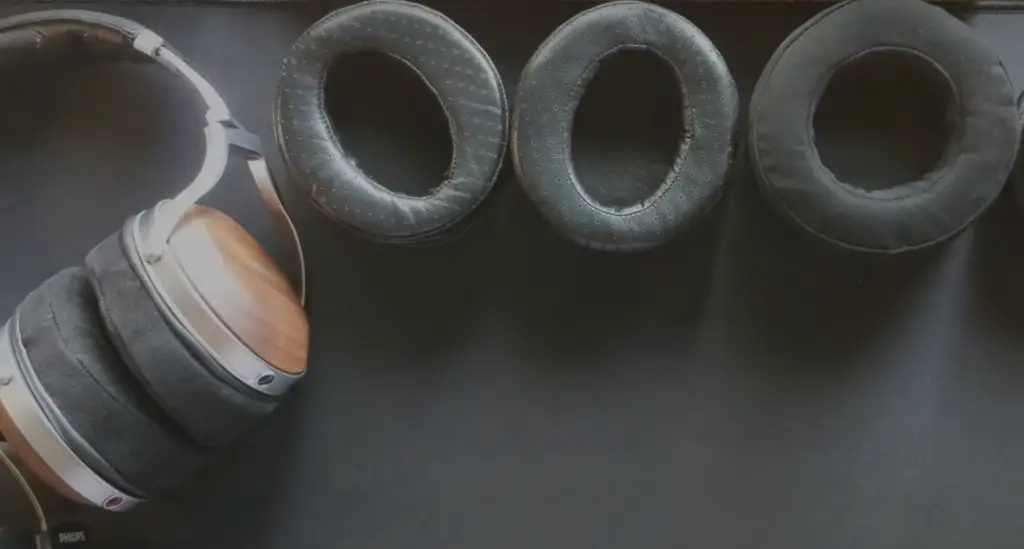
How to Care for Leather and Velour Products?
Leather products require special care to keep them looking their best. You should avoid exposing leather to direct sunlight or excessive heat, as this can cause the leather to dry out and crack. Leather should also be kept away from water, as it can absorb moisture and become damaged. To clean leather, you should use a soft cloth dampened with water or mild soap. Avoid using harsh chemicals or abrasive cleaners, as these can damage the leather [4].
Velour is a type of fabric that is made from cotton or polyester fibers. Velour is known for its soft, plush surface. Velour is often used in upholstery, clothing, and other textile applications. To clean the velour, you should use a vacuum with a soft brush attachment. You can also spot clean velour with a mild soap or detergent. Avoid using harsh chemicals or abrasives on velour, as these can damage the fabric [5].
Velour vs Leather vs Suede
When it comes to upholstery fabrics, there are a lot of choices out there. But if you’re looking for durability and style, you may be wondering if velour or leather is the right choice for you. Here’s a comprehensive guide to the differences between velour and leather so that you can make an informed decision about which one is right for your needs.
Velour is a type of fabric that is made from a variety of different materials, including cotton, polyester, and rayon. It has a soft, plush feel and is often used in upholstery applications because it is very durable and easy to clean.
Leather, on the other hand, is a natural material that is made from the skin of animals. It is also very durable and easy to clean, but it has a more formal look that is often associated with luxury.
Suede is another type of fabric that is made from the skin of animals, but it has a softer, napped finish that gives it a velvety feel. Like leather, it also has a more formal look and is often used in upholstery applications.
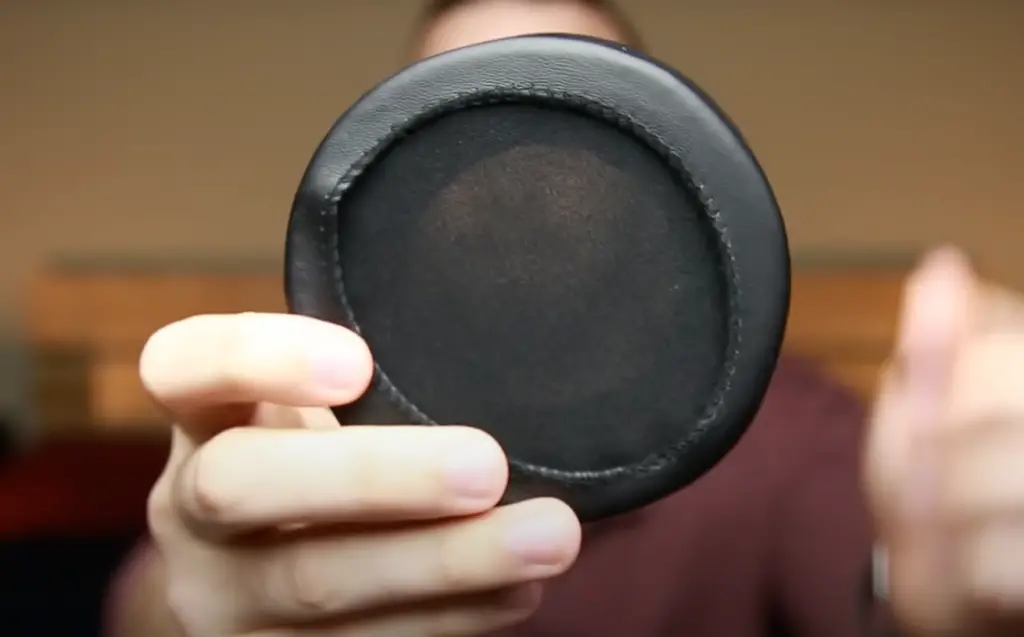
So, which one is right for you? If you’re looking for durability and easy care, both velour and leather are good choices. If you’re looking for a more luxurious look, leather or suede may be the better choice. Whichever you choose, be sure to follow the manufacturer’s instructions for cleaning and caring for your upholstery fabric to keep it looking its best. When it comes to upholstery fabrics, there are a lot of choices out there. But if you’re looking for durability and style, you may be wondering if velour or leather is the right choice for you.
FAQ
Is Velour better than leather?
The answer to this question is subjective and depends on what you are looking for in a material. Velour has a softer, more plush feel than leather and is often used in upholstery and clothing. Leather is more durable and stiff, making it ideal for furniture and footwear.
How do I clean Velour?
To clean velour, vacuum regularly to remove dirt and dust. If there are stains, spot clean with a mild soap and water solution. Moreover, some types of velour can be washed in the washing machine. However, always check the care label before doing so.
Is Leather environmentally friendly?
No, leather is not considered to be an environmentally friendly material as it is made from animal skin. The process of tanning leather also uses harmful chemicals. Additionally, leather products often contain chromium, which is a known carcinogen.
How long does Leather last?
Leather is a very durable material and can last for many years with proper care. However, it is important to note that leather can be damaged by sunlight, heat, or water. Therefore, it is important to take care of your leather products to prolong their lifespan.
What are the disadvantages of Velour?
Some people find velour pills (or sheds) more easily than other fabrics. Additionally, velour is not as durable as leather and can be damaged by sunlight or water. Moreover, velour is not as breathable as leather, making it more likely to cause sweating.
What are the disadvantages of Leather?
Leather is a natural material that is subject to wear and tear over time. Additionally, leather can be damaged by sunlight or water. Moreover, leather is not as breathable as velour, making it more likely to cause sweating. Finally, leather is not considered to be an environmentally friendly material.
What are Velour earpads?
Velour earpads are made of the same material as velour upholstery and clothing. They are soft and plush, making them comfortable to wear for long periods. These are typically used on headphones and earbuds.
Why do headphones use leather?
Leather is a durable material that can withstand the wear and tear of daily use. Additionally, leather is not as prone to pilling as velour, making it a more viable option for headphones. Finally, leather gives headphones a more premium look and feel.
What are some alternatives to Velour?
Some alternative materials to velour include microfiber, suede, and wool. These materials share some of the same properties as velour, such as being soft and plush. However, they also have their own unique benefits and drawbacks.
Is Velour breathable?
No, velour is not a breathable material. This means that it is more likely to cause sweating than other fabrics. If you are looking for a breathable material, microfiber or wool would be better options.
What is protein leather made from?
Protein leather is made from animal skin that has been treated with chemicals. This type of leather is often used in upholstery and clothing. It is important to note that protein leather is not as durable as traditional leather and can be damaged by sunlight or water.
Is vegan leather environmentally friendly?
No, vegan leather is not considered to be an environmentally friendly material. This is because it is made from synthetic materials that are derived from petroleum. Additionally, the production of vegan leather often uses harmful chemicals.
Is faux leather better than velour?
It depends. Faux leather is a more durable material than velour, making it better suited for furniture or footwear. However, faux leather is not as breathable as velour, making it more likely to cause sweating. Moreover, some people find that faux leather has a cheap and plastic look and feel.
How do you describe velour?
Velour is a type of fabric that is made from natural or synthetic fibers. It is typically used in upholstery, clothing, and headphones. Velour is known for being soft, plush, and comfortable. However, it is also less durable than other fabrics and can be damaged by sunlight or water.
What material is better than leather?
There is no single material that is better than leather. Each material has its own unique benefits and drawbacks. For example, microfiber is more durable than leather but less breathable. Wool is more breathable than leather but not as durable. Ultimately, it depends on your needs and preferences.
What is the closest material to leather?
The closest material to leather is faux leather. This is because faux leather shares many of the same properties as leather, such as being durable and resistant to wear and tear. However, faux leather is not as breathable as leather and can be more prone to sweating.
What is a good substitute for leather?
There is no single material that is a perfect substitute for leather. Some good substitutes for leather include microfiber, suede, and wool. These materials share some of the same properties as leather, such as being durable and comfortable.
Useful Video: Velour Pads vs Leather Pads
Conclusion
Velour and leather are two popular materials that have a variety of uses. The main differences between velour and leather are their texture, appearance, durability, and water resistance. Velour is usually softer and more colorful than leather, but it is not as durable. Leather is more durable and water-resistant than velour, but it is not as soft or colorful. When choosing a material for a project, it is important to consider the properties of each material to determine which one is best suited for the task at hand.
References:
- https://thefabricofourlives.com/cotton-fabrics/velour
- https://www.loveyourleather.ca/leather-blog/13-different-uses-for-leather/
- https://www.vgnewtrend.it/en/blog/sofas-armchairs-upholsteries-pros-cons-fabric-velvet-faux-fur-leather-faux-leather
- https://www.aspinaloflondon.com/landing/the-ultimate-guide-to-leather-care
- https://www.thelaundress.com/blogs/how-to/velour

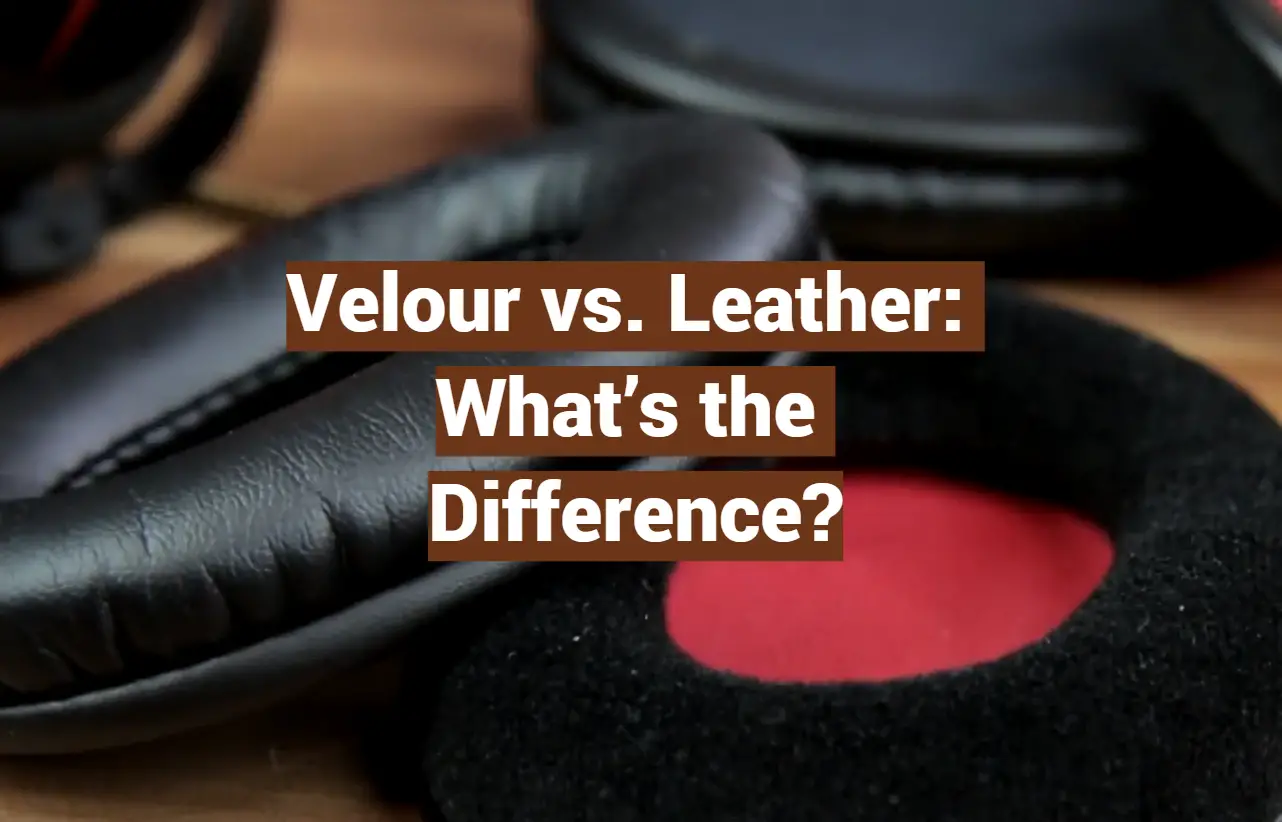
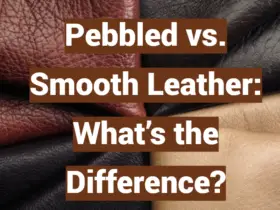
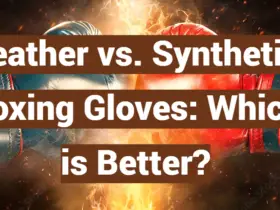
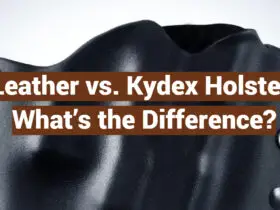
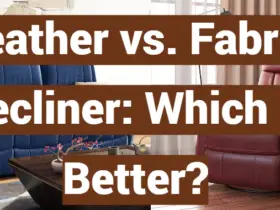

Leave a Reply